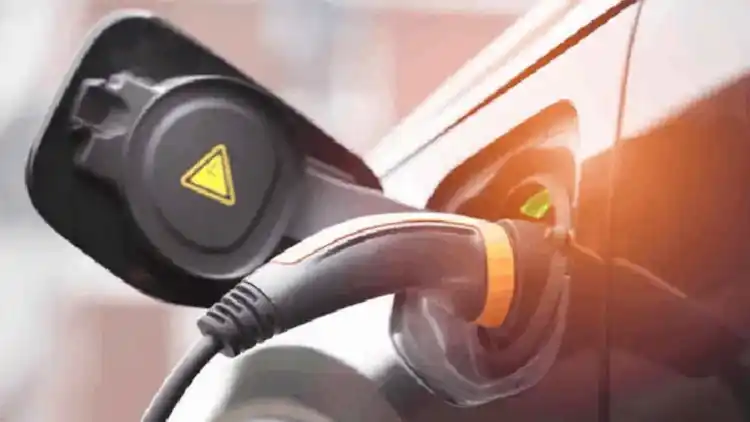- The True Timeline: How Old Is the First Electric Car?
- Pioneers of the First Electric Vehicles
- Feature Comparison: Early Electric vs. Later Gasoline Cars
- Electrobat” and the Electric Taxi Revolution
- The Car That Beat the Horse
- Why Did Early Electric Cars Lose?
- Historic Twist: Electric Cars Break Records
- Key Takeaways for Modern Drivers
Electric vehicles may seem like the ultimate symbol of 21st-century innovation, but their roots stretch back almost 200 years—predating even the first gasoline-powered cars. While modern EVs are propelled by lithium batteries and silicon chips, dreamers and inventors began experimenting with electric mobility long before the sound of the internal combustion engine ever echoed on a street.

The True Timeline: How Old Is the First Electric Car?
1828: Hungarian priest Ányos Jedlik builds a basic small-scale car powered by his own prototype electric motor—possibly the earliest example of an EV drive unit.
1830s: In Scotland, inventors like Robert Anderson and Robert Davidson construct working electric carriages and locomotives using primitive batteries. Davidson’s “Galvani” in 1841 carries six tons at 4 mph—so revolutionary that nervous railway workers destroy the project for fear of losing their jobs.
1859: The invention of the rechargeable lead-acid battery by Gaston Planté unlocks practical electric mobility, paving the way for subsequent breakthroughs.
1881: French engineer Gustave Trouvé showcases a three-wheeled electric vehicle at the Paris International Electricity Exhibition—launching electric mobility into the public eye.
1884: British innovator Thomas Parker builds the first practical “production” electric car—years before Benz or Ford’s efforts—in London.
1888: Germany’s Andreas Flocken develops the open-top Flocken Elektrowagen, one of the earliest four-wheeled electric cars, with a top speed roughly equal to a brisk jog.
1890s: William Morrison, a Scottish-American chemist, launches electric carriages capable of 20 mph in the US, sparking massive public interest at the 1893 Chicago World’s Fair.
Pioneers of the First Electric Vehicles

Feature Comparison: Early Electric vs. Later Gasoline Cars
Electrobat” and the Electric Taxi Revolution
By the late 1890s, engineers like Pedro Salom and Henry G. Morris (Philadelphia) pioneer one of the first commercially viable electric taxis: the Electrobat. They even invent an early “battery swapping” station in New York, where cabs could swap batteries in minutes. For a time, New York and other major cities see thousands of EV taxis in service—years before gasoline dominates.
The Car That Beat the Horse
Imagine the year is 1895. In New York, a crowd gathers as an Electrobat taxicab glides silently toward the curb. A horse-drawn cabbie smirks—until the passenger steps nimbly out, hair untouched by soot, and tips the electric driver. For a moment, the age of the electric car looks unstoppable.
Why Did Early Electric Cars Lose?
Battery Limits: Non-rechargeable or primitive batteries made range and “refueling” difficult—gasoline car tanks held far more energy in the same space.
Infrastructure: Gas stations and paved highways quickly outnumbered battery-swap centers by the 1910s.
Cost: Mass production of petrol cars by Ford and others undercut electric vehicle prices and captured mass markets.
Culture: A “romance” of speed and exploration suited noisy, powerful gasoline engines, as “quiet electrical” seemed less exciting.
Historic Twist: Electric Cars Break Records
In 1899, Belgian Camille Jenatzy drives “La Jamais Contente,” a rocket-shaped EV, to break the 100 km/h speed barrier before most gas cars could even dream it.

Key Takeaways for Modern Drivers
Electric vehicles are as old as the car itself—maybe older.
Their “first era” brought quiet, clean urban mobility, battery-swap taxis, and even speed records.
Gasoline’s domination was never inevitable—but efficiency, infrastructure, and social trends tipped the balance.
Today’s EVs build on centuries of innovation, proving that the best ideas sometimes wait for their moment to shine.












